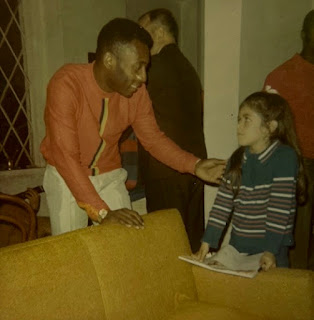Information to rescue information
I just cut and paste here some essential information.
The Derveni papyrus is the burnt remains of a scroll buried with an ancient Greek nobleman. It dates to around 340 B.C., during the reign of Philip II of Macedon, father of Alexander the Great. It contains a philosophical treatise on Orpheus, probably written by somebody from the circle of the philosopher Anaxagoras (a philosopher who might have been Socrates' teacher and who was accused of atheism). Discovered in 1962 in a grave in northern Greece, it has been studied for decades but it might now release some more information, thanks to the uncovering of some new 10/20% fragments of text from the carbonized scroll that was burned on its owner's funeral pyre. It was the fire that paradoxically saved some of the manuscript, which otherwise would have been rotted away by damp.
What is fascinating, from a PI (philosophy of information) perspective, is this capacity of information to recover the past and uncover the future.






Comments
Post a Comment